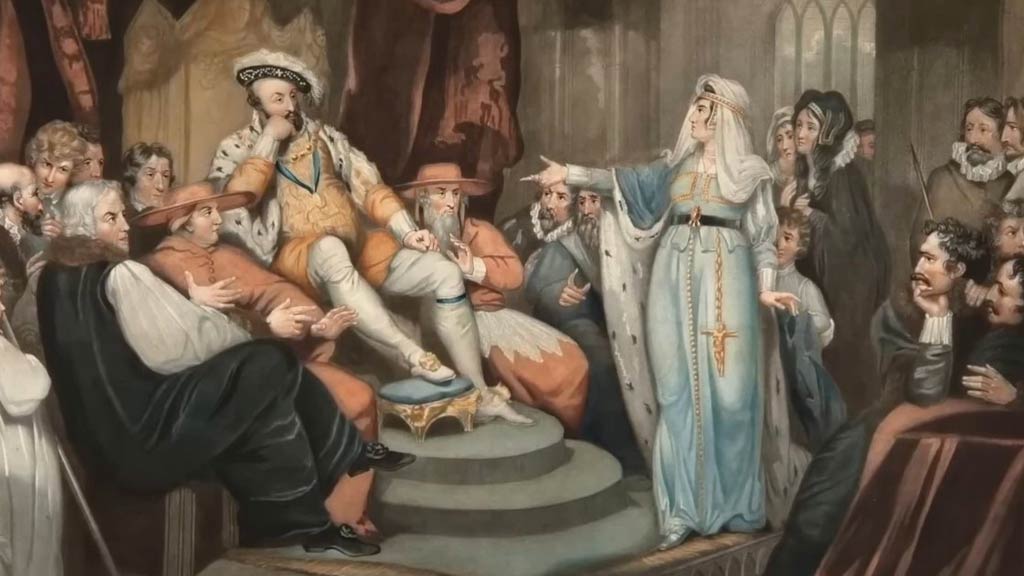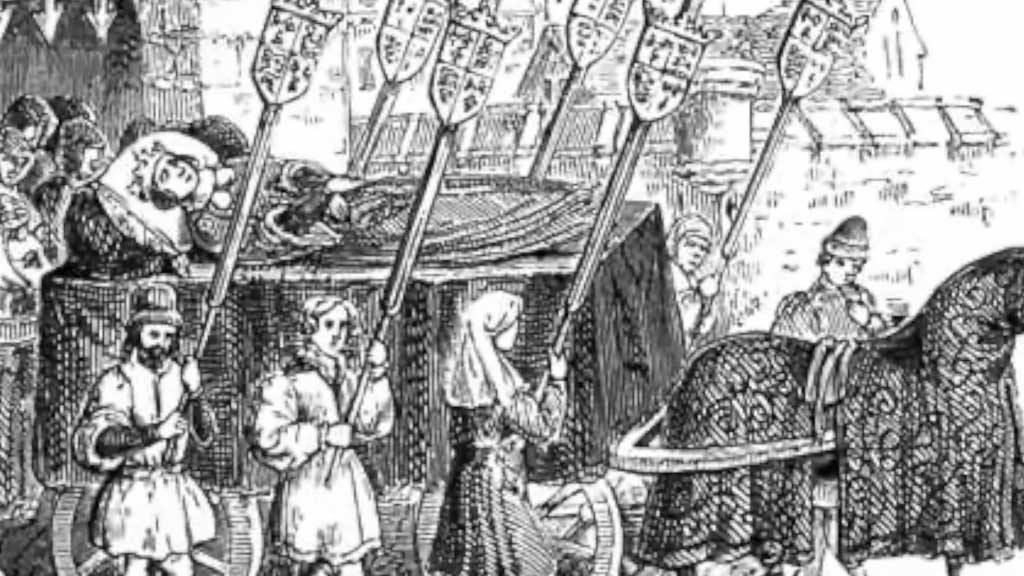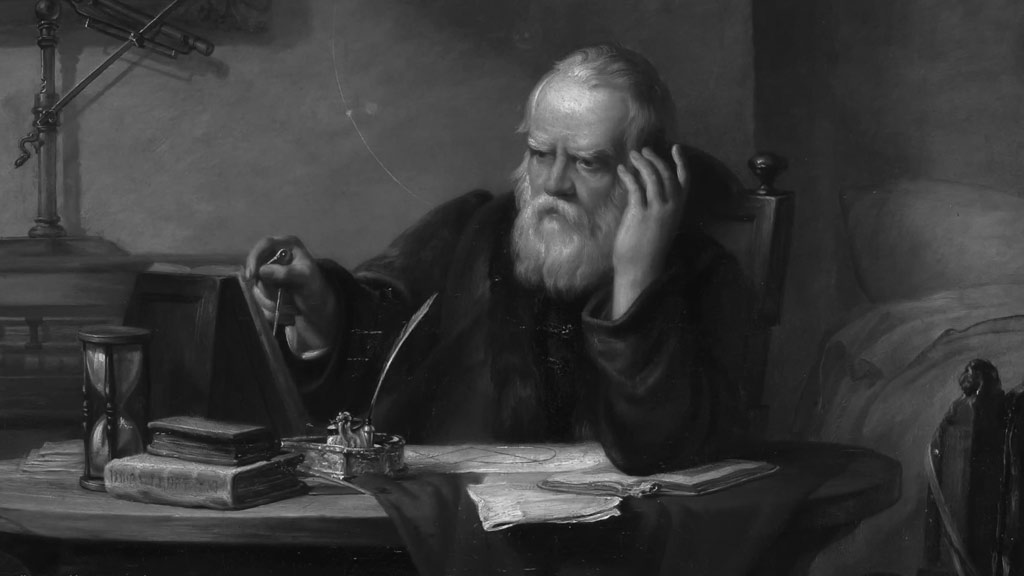Buried beneath the limestone floor of Worcester Cathedral lies a mystery that has puzzled historians for centuries.
Prince Arthur Tudor, the eldest son of Henry VII and Elizabeth of York, met an untimely death at age 15 from a mysterious sweating illness.
His final resting place, now believed to be located using radar technology, has reignited interest in why this young prince was laid to rest in such a significant yet somewhat obscure location.
Arthur’s burial in Worcester Cathedral, a site with a chantry dedicated to the first Prince of Wales from the Tudor clan, was far from coincidental.
The cathedral’s historical and political significance, combined with Arthur’s symbolic importance as a figure of hope and unity for a country emerging from civil strife, made it a fitting final resting place.
As archaeologists prepare to delve deeper into his grave, we explore the reasons behind this intriguing choice.
Historical Context of Prince Arthur’s Life
Prince Arthur, born in 1486, was the eldest son of King Henry VII of England and Elizabeth of York. His brief life was deeply intertwined with the political intrigues and shifting alliances of late 15th and early 16th century Europe.
Early Life and Significance
Prince Arthur Tudor, born on September 20, 1486, was the eldest son of Henry VII and Elizabeth of York. As the firstborn, Arthur held significant importance in the early Tudor dynasty.
His birth symbolized the union of the warring houses of Lancaster and York, potentially ending the Wars of the Roses.
Named after the legendary King Arthur, he was expected to lead the country into a new era of stability and prosperity.
Arthur’s early education reflected his destined role. He was tutored by prominent scholars who equipped him with the knowledge required for kingship.
By age five, Arthur was already being included in the administration of the realm, showcasing his potential as a future leader.
His upbringing was designed to prepare him to solidify the Tudor claim to the English throne and continue his father’s legacy of unifying England.
Marriage to Catherine of Aragon

Plans for Arthur’s marriage began even before his third birthday, securing a strategic alliance with Spain through his future wife, Catherine of Aragon.
This alliance was crucial for England, as it aimed to strengthen ties with one of Europe’s most powerful kingdoms.
Arthur and Catherine were formally betrothed when he was eleven, and they married in November 1501 in a grand ceremony at St. Paul’s Cathedral.
Their marriage was short-lived due to Arthur’s untimely death in April 1502. At the time of his death, it was declared he had succumbed to sweating sickness a common, yet mysterious illness of the period.
However, historians now speculate that tuberculosis might have been the actual cause, possibly inherited from his paternal line, including Henry VII and his nephew Edward VI.
Events Leading up to Arthur’s Death
The events leading up to Prince Arthur’s death in 1502 were fraught with both personal and political significance, shaping the course of English and European history:
Illness and Death in Ludlow

Prince Arthur’s health took a drastic turn for the worse at Ludlow Castle. On April 2, 1502, at around 7 PM, he passed away suddenly and unexpectedly.
Despite the initial announcement that he succumbed to sweating sickness, many historians now attribute his death to tuberculosis.
This speculation arises from the fact that his father, Henry VII, and his nephew, Edward VI, also likely fell victim to the same disease.
Following his untimely demise, Arthur’s body remained laid in state for three weeks before it was moved to the church of St. Laurence in Ludlow for a solemn mass.
During this time, the earl of Surrey, Thomas Howard, served as the chief mourner on behalf of the royal family.
Despite the emotional atmosphere and the presence of over 1000 mourners, Arthur’s close family members, including his widow Catherine of Aragon, did not attend the funeral services.
Their absence suggests a heightened fear of contagious disease outbreaks, possibly explaining their decision to avoid the risk of further royal losses.
The detailed funeral procession moved Arthur’s coffin through the town of Bewdley before arriving in Worcester, where his final resting place awaited.
This significant journey underscores the importance of proper rites and the extensive measures taken to honor the young prince’s memory.
Decision for Burial at Worcester Cathedral
The decision to bury Prince Arthur at Worcester Cathedral in 1502 was influenced by a combination of factors, including royal tradition, logistics, and religious significance:
Political and Familial Considerations

Prince Arthur’s burial at Worcester Cathedral arose from several political and familial considerations. After Arthur’s death, the Tudor dynasty had to manage the delicate balance of power between the warring houses of Lancaster and York.
Worcester Cathedral was chosen partly due to its central location, which allowed for accessibility by significant figures of the realm without favoring any particular regional power.
Additionally, Arthur’s burial site was influenced by familial connections. The cathedral held personal significance for his grandmother, Lady Margaret Beaufort, who had a direct influence on such decisions.
The Role of Religious Beliefs
Religious beliefs played a significant role in the decision to bury Prince Arthur at Worcester Cathedral. At the turn of the 16th century, the Church held immense influence over state matters, and choosing a site with strong ecclesiastical links was essential.
Worcester Cathedral, a prominent religious institution, provided a fitting resting place that aligned with the deeply held Christian beliefs of the time.
Arthur’s piety and the religious significance attached to his life further justified the choice. The cathedral offered priests and monks who could perform regular prayers for his soul, reflecting the era’s religious customs and Arthur’s status as a royal heir.
This decision resonated with contemporary views on the necessity of ensuring spiritual rites for the deceased to secure their afterlife, which was critical for someone of Arthur’s standing.
The Funeral of Prince Arthur
The funeral of Prince Arthur in 1502 was a solemn and elaborate affair, befitting his status as the heir to the English throne. It was marked by a combination of religious ceremonies, mourning rituals, and displays of royal pomp and pageantry.
Ceremonial Process and Public Reaction
On April 8, a general procession took place for the salvation of Prince Arthur’s soul. This was a significant public event, demonstrating the royal family’s commitment to proper funeral rites. That night, a dirge was sung in St. Paul’s Cathedral, emphasizing the solemn nature of the occasion.
Arthur was served by sons of English, Irish, and Welsh nobility, such as Gerald FitzGerald, the 9th Earl of Kildare, and Anthony Willoughby, the son of Robert Willoughby, the 1st Baron Willoughby de Broke. These nobles’ participation highlighted Arthur’s royal connections and their respect for his position.
Legacy and Significance of Arthur’s Burial Site
The burial site of Prince Arthur at Worcester Cathedral holds significant historical and cultural importance, both for the Tudor dynasty and for England as a whole:
Impact on Worcester Cathedral
Arthur’s burial in Worcester Cathedral brought lasting significance to the site. The cathedral houses a chantry built two years after his death, overshadong the 14th-century tombs beneath.
This two-story structure, dedicated to offering prayers for Arthur’s soul, prominently features the arms of England. Though Arthur’s actual grave lies several feet away, ground-penetrating radar confirmed its location in 2002.
This revelation spurred historical interest and speculation about Arthur’s cause of death, further solidifying the cathedral’s importance.
Arthur’s tomb, made of Purbeck marble, integrates seamlessly with Worcester Cathedral’s architecture. The tomb chest remains a visual testament to Arthur’s royal heritage.
This addition transformed the cathedral, drawing scholars and tourists alike, curious about Arthur’s life and death. The grave’s discovery, paired with its architectural grandeur, enhanced Worcester Cathedral’s historical and cultural prestige.
Cultural Reflections Over the Centuries
Arthur’s burial site has invoked cultural reflections for centuries. If Arthur had ascended the throne, historical narratives suggest a vastly different course for England.
His death led to significant shifts, including the reigns of Queen Mary I, Queen Elizabeth I, and Edward VI. The potential impact on figures like Anne Boleyn and Katherine Howard further emphasizes the site’s historical depth.
The chantry, standing at the cathedral’s entrance, invites contemplation on these alternative histories. Visitors often ponder “what might have been,” reflecting on the Tudor dynasty’s trajectory.
Historians, noting Arthur’s probable death from tuberculosis, draw connections to the illnesses of Henry VII and Edward VI.
This context enriches understanding of the Tudor era, celebrating Arthur’s legacy within broader historical narratives.
Arthur’s serviced court, involving nobles like Gerald FitzGerald, Anthony Willoughby, and Robert Radcliffe, highlights the site’s cultural tapestry.
These connections imbue Worcester Cathedral with layered historical and cultural significance, drawing continuous interest from historians and visitors.
Frequently Asked Questions
Why is Prince Arthur Tudor’s burial site significant?
Prince Arthur Tudor’s burial site is significant due to its dedicated chantry for prayers, its two-story structure featuring the arms of England, and its connection to Tudor heritage.
What was discovered with ground-penetrating radar at Worcester Cathedral?
Ground-penetrating radar confirmed the exact location of Prince Arthur Tudor’s grave within Worcester Cathedral.
How does Prince Arthur’s burial site relate to Tudor history?
The burial site reflects the Tudor era’s cultural and political narratives. It prompts reflections on England’s alternate history if Arthur had become king, affecting subsequent monarchs like Queen Mary I and Queen Elizabeth I.
What impact did Arthur Tudor’s death have on Catherine of Aragon?
Following Arthur Tudor’s death, Catherine of Aragon was betrothed to his younger brother, Henry, who eventually became King Henry VIII.
How has Prince Arthur Tudor’s burial site influenced historical narratives?
The site has enriched historical narratives by highlighting connections to Tudor-era illnesses, which provide insight into medical practices and living conditions of the time.
Conclusion
Prince Arthur’s burial at Worcester Cathedral isn’t just a historical footnote; it’s a site of profound cultural and historical importance.
The intricate chantry, the Purbeck marble tomb, and the recent discoveries all contribute to an enduring fascination. This resting place not only honors Arthur’s legacy but also invites you to ponder the what-ifs of English history.
The involvement of notable figures from his court adds layers of intrigue, ensuring that Worcester Cathedral remains a significant destination for scholars and tourists alike.
Moreover, the cathedral’s continuous preservation efforts highlight its dedication to maintaining this piece of heritage.
Visiting Worcester Cathedral offers a unique glimpse into the past, underscoring the pivotal role Prince Arthur plays in England’s historical narrative.
Jaclyn Lowe